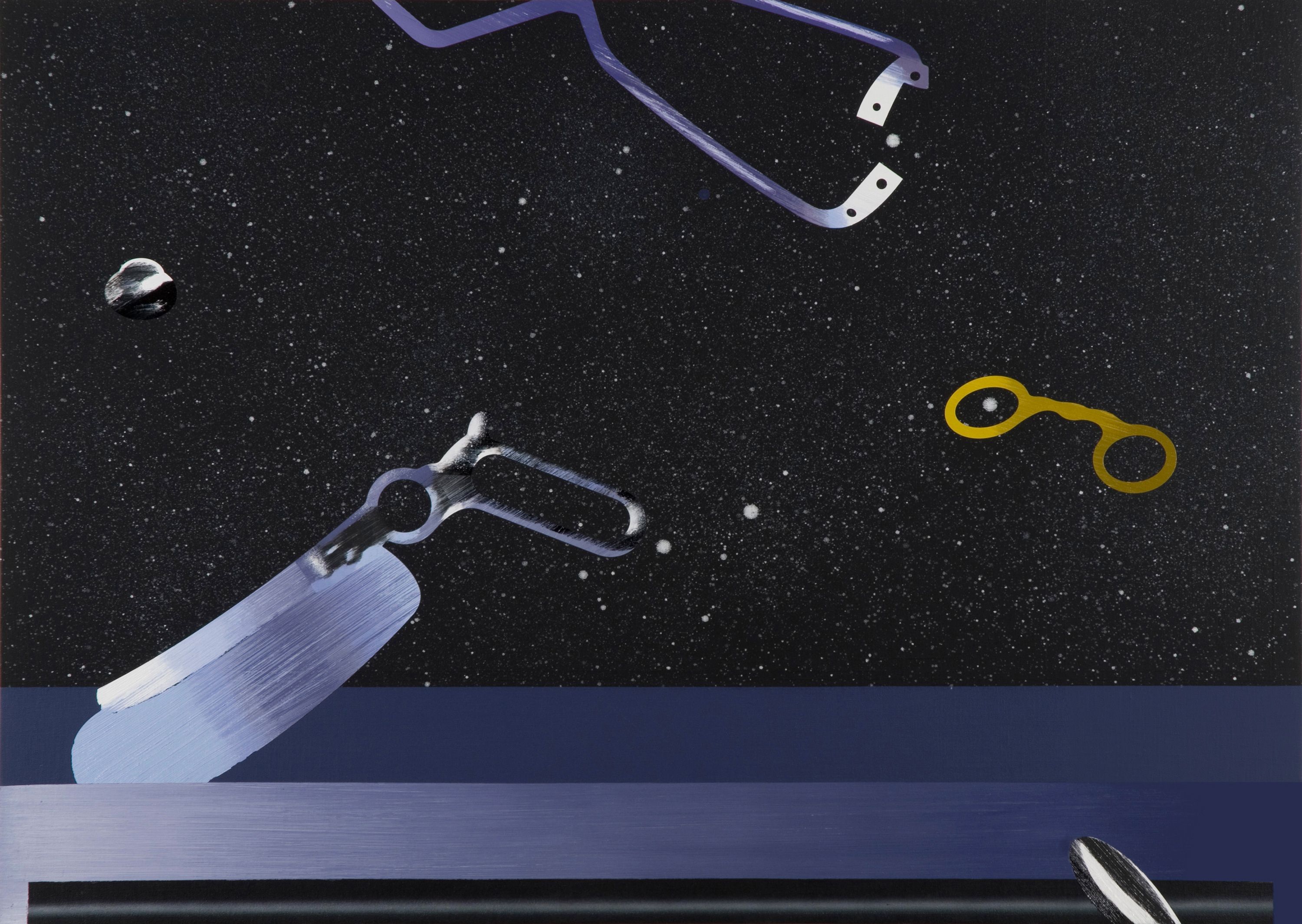Transit
| Venue: | acb Gallery |
| Date: | Mar 19 – Apr 23, 2010 |
Description
The current exhibition features works by two artists who have been represented by the acb Gallery for years. Jurriaan Molenaar depicts building interiors, Róbert Batykó paints objects or parts of objects that we mediately use in our everyday life.
Despite his young age, the 29-year-old Batykó has received several noble awards such as Strabag and the Derkovits prize. His paintings evoked great interest in both the professional and collectors‘ circles, and many of his works are now part of public and private collections. Ever since he started portraying objects around 2006, he has depicted them out of their normal context and describes his choice of subject as serendipity. The central motif of his works can be interpreted as the ‚death of the objects‘: placing them in a new surroundings, and giving them new characteristics and functions, the objects stop existing as what they were meant for.
Batykó achieves to represent the essential forms of the object and their most peculiar details through his homogeneous color fields and his usage of stencils – which he has relied on since his early, graffiti-like works. This is what gives the similarity to the contemporary masters of the hard edge painting that was booming in the 1960s in Hungary.
Jurriaan Molenaar lives and works in Amsterdam. His debut at acb Gallery was in 2004. Through his paintings he does not wish to give a realistic representation of the world, instead, his space constructions depict an engineered, artificial surrounding. His tranquil rooms free of objects and people are ruled by another phenomenon: despite the enormous, heavy walls, light, as one of the supreme components of his images, furnishes these modern buildings with an immaterial, maybe even spiritual atmosphere.
Molenaar’s main endeavor shows in creating the illusion of space. His earlier flat geometrical forms now turn to space-illusions, although his works still carry the tension caused by the static forms and dynamic colors.
Batykó’s arching lines strengthen the dynamics of his flat compositions while referring to spacious aspirations with some new elements.
The link between Batykó’s and Molenaar’s works – as strange as it sounds – is the absence. They have divided the objective and architectural parts of the world based on their similar technique and mind. What is the main motif for one is exactly that the other free his painting of, although once in a while they tend to cross over to each other’s territory: Batykó Transit Molenaar.

